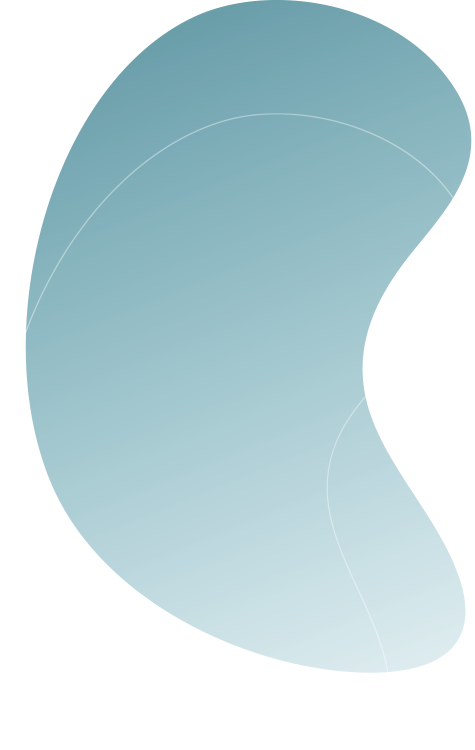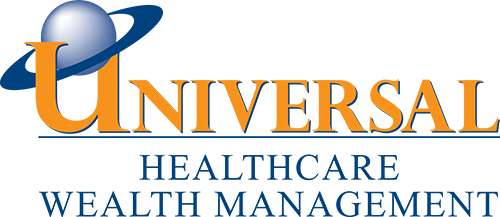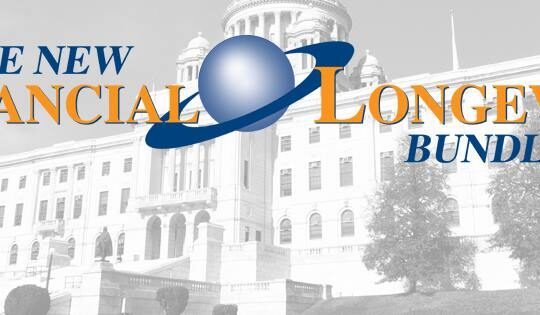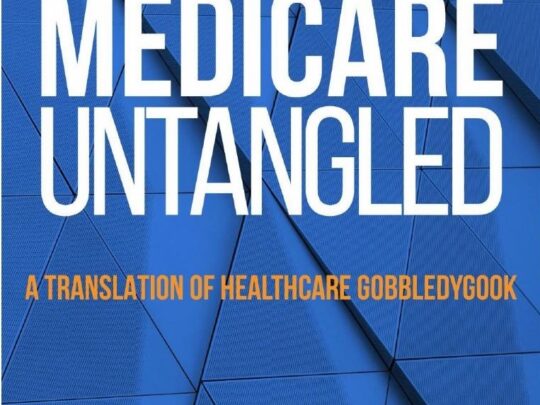General Medicare FAQs

Open Enrollment occurs every year from October 15th to December 7th. During Open Enrollment, anyone with a Medicare plan can change their prescription drug plan or Medicare Advantage plan for any reason.
It usually takes a few months for Social Security to update your check. Once it is updated, they will take out all months going back to your effective date of your plan. So, there is no need to pay any bill if you receive an invoice from the insurance company.
Some people do qualify for both Medicare and Medicaid, and in those instances, most of the enrollee’s health care costs are covered. People who are eligible for Medicaid and Medicare are known as dual eligible.
Medicare Advantage plans (Part C) are an alternative to Original Medicare. If you enroll in a Medicare Advantage plan, you’re still in the Medicare program. However, you’ll get your Medicare benefits through your Medicare Advantage plan, instead of through Original Medicare. Medicare Advantage plans must provide the same level of coverage as Original Medicare, with the exception of hospice care (which is covered by Part A). Medicare Advantage plans also may provide coverage that Original Medicare doesn’t, such as routine vision and/or dental, health wellness programs, and a prescription drug plan. You will receive one card that you use for all hospital, doctor visits and prescription drugs.
Medicare Supplement (Medigap) plans work with Original Medicare, Part A and Part B, and help pay for certain costs that Original Medicare doesn’t cover. These plans don’t provide stand-alone coverage; you need to remain enrolled in Part A and Part B for your hospital and medical coverage. If you need prescription drug coverage, you have to buy a Medicare Prescription Drug Plan, not a Medicare Supplement plan. When you buy a Medicare Supplement plan, you are still enrolled in Original Medicare, Part A and Part B. Medicare pays for your health-care bills primarily, while the Supplemental plan pays certain cost-sharing expenses required by Medicare, such as copayments or deductibles. Keep in mind that Medicare Supplement plans can only be used to pay for Original Medicare costs; they can’t be used with Medicare Advantage plans.


Original Medicare FAQs
Medicare is the federal government’s health insurance program for people age 65 or older and certain younger people with disabilities and people with end stage Renal Disease. Medicare Part A covers in-patient hospital stays, skilled nursing facility, hospice care and some home healthcare. Medicare Part B covers doctor’s visits, preventative care, X-rays, lab work and other outpatient services. Part A and part B have deductibles that you must pay before services are covered. Many services may have a coinsurance that you’re responsible for while Medicare pays the rest.
If you contributed to Social Security for at least 40 quarters, there is no cost for Medicare Part A (hospital coverage). If you haven’t, you can purchase Medicare Part A. You do have to pay a premium for Medicare Part B (medical coverage). For those signing up in 2017, the premium for Part B is $134 per month. Your premium cost depends on your income, so you may pay more depending on your income and tax status.
Initial Enrollment Period – When you’re first eligible for Medicare, you have a 7-month Initial Enrollment Period to sign up for Part A and/or Part B. It begins the 3 months before the month you turn 65, includes the month you turn 65 and ends 3 months after the month you turn 65.
Special Enrollment Period – Once your Initial Enrollment Period ends, you can still enroll during a Special Enrollment Period if you’re covered under a work plan based on current employment. You also have an 8 month SEP to sign up for Part A and/or Part B that starts when employment ends, or the month after the employer group plan ends.
General Enrollment Period – You can sign up for Part A and/or Part B during the General Enrollment Period between January 1 – March 31 each year if both of these apply:
Your coverage will start July 1. You may also have to pay a higher premium for late enrollment in Part A and/or Part B.
All individuals on Social Security disability are automatically enrolled in Original Medicare after two years (24 months). In some cases, you can receive Medicare in less than two years if Social Security determines that your disability started before your disability application date.
- You didn’t sign up when you were first eligible
- You aren’t eligible for a Special Enrollment Period


Prescription Drug FAQs
Medicare Part D (prescription coverage) is optional coverage offered by private insurers for prescription drugs not covered under Medicare Parts A or B. The purchase of Part D is optional, but you may face a late enrollment penalty if you do not sign up when you are first eligible for Medicare. There are two ways to get Part D coverage:
- A stand-alone Medicare prescription drug plan
- As part of a Medicare Advantage plan
Your prescription drug plan works the same way whether it is part of a Medicare Advantage plan or if is a stand-alone prescription plan. Every plan has a formulary, which identifies all of the drugs that are covered in the plan. The covered drugs are divided into tiers. Your copay will be the same for all of the drugs in each tier. Medicare Part D has 3 stages of benefits – Initial Coverage, Coverage Gap (also known as the “donut hole”) and Catastrophic Coverage. You may pay different copays in each stage.
The Coverage Gap starts when your total drug costs during Initial Coverage-including what you and your plan have paid for drugs-reaches a certain amount since the start of the calendar year. In 2017, this amount is generally $3,700. When you reach this limit, you enter the Coverage Gap. As a result of health reform, you get discounts to help you pay for your drugs during the coverage gap. In 2017, you would generally pay no more than 40% of most brand-name drugs. For generic drugs, you would pay 51% of the cost. Once your total out-of-pocket costs reach $4,950 in 2017, you are out of the Coverage Gap. Catastrophic Coverage automatically begins and assures only a small co-pay or co-insurance for covered drugs for the remainder of the year.
For lower-income beneficiaries, there may be help through Medicare’s Extra Help program. If you have difficulty paying for prescriptions, the Extra Help (part D) program can make prescriptions more affordable. Your income and resources determine the level of help you receive. There are also state-based programs that you may be eligible for. These programs can help pay for your Part B premium.
Please contact the office at 401-331-7600 for more information.





